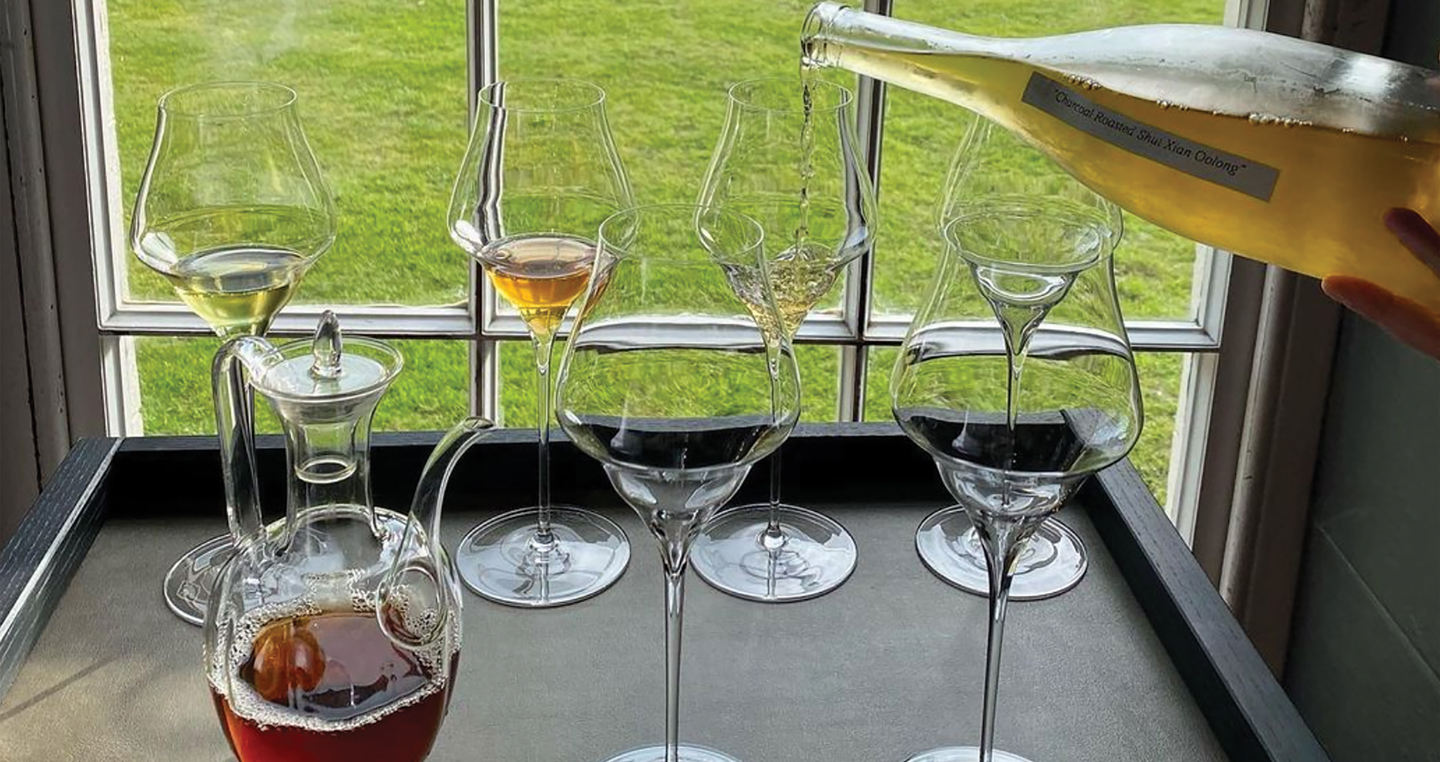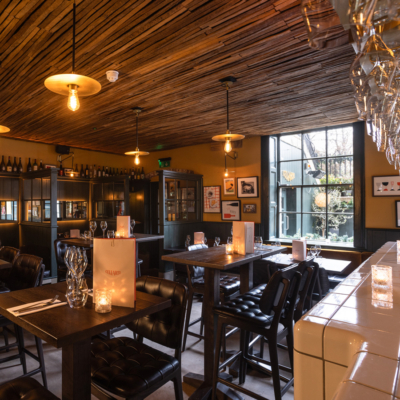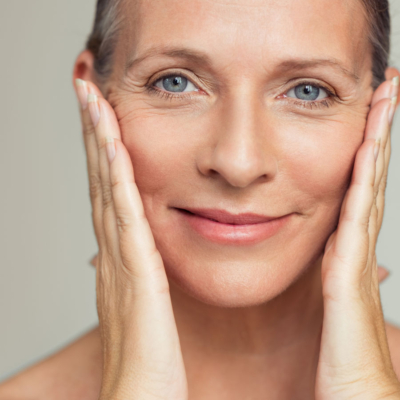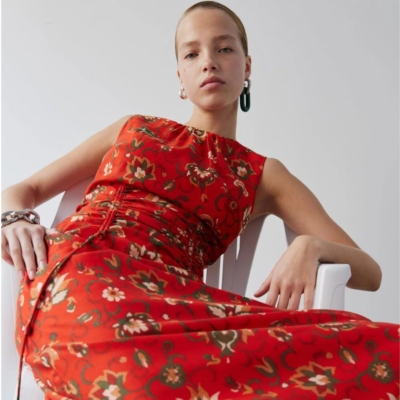Pairing tea with food is gastronomy’s latest trend. Wine Editor Julie Dupouy, a longtime tea devotee, tried a tea pairing experience …
“Drop over for cuppa and a chat”. One thing I learned very quickly on arrival in Ireland 15 years ago was that a kettle was never far from boiled in any Irish home. Unwavering brand loyalty runs deep for the two titans of the Irish tea world – Barry’s and Lyons. But patterns have been shifting on many fronts as consumers are becoming more open to an individual experience. Craft beers, artisan cheeses, personalised coffee blends – the Irish consumer is open and curious, and tea is the next frontier. With overall growth in nonalcoholic beverages expected to keep rising, specialty tea has a bright future ahead. Tea, like wine, offers incredible diversity when it comes to taste and flavours. It is also surprisingly versatile when it comes to pairing with food. At Vincent Crepel’s Terre restaurant at Castlemartyr Estate in Co Cork recently, the tea pairing (€55, in lieu of wine) was truly exceptional. (It was no surprise to see Terre earn its first Michelin star a few weeks after my visit.) The teas served at Terre are Taiwanese oolong, and nature has an important hand in their distinctive taste: plantations are at high altitude, day and night temperatures fluctuate but the average annual temperature is stable, and the region gets a lot of fog. Oolong is a semioxidised tea (oxidation begins when tea leaves are plucked and enzymes in the leaves exposed to oxygen in the air, and continues as they are allowed to dry and darken) with a rich honey taste, light aroma and pleasant aftertaste. All teas served at Terre are organic, cold brewed and served in wine glasses to allow their complexity to shine.
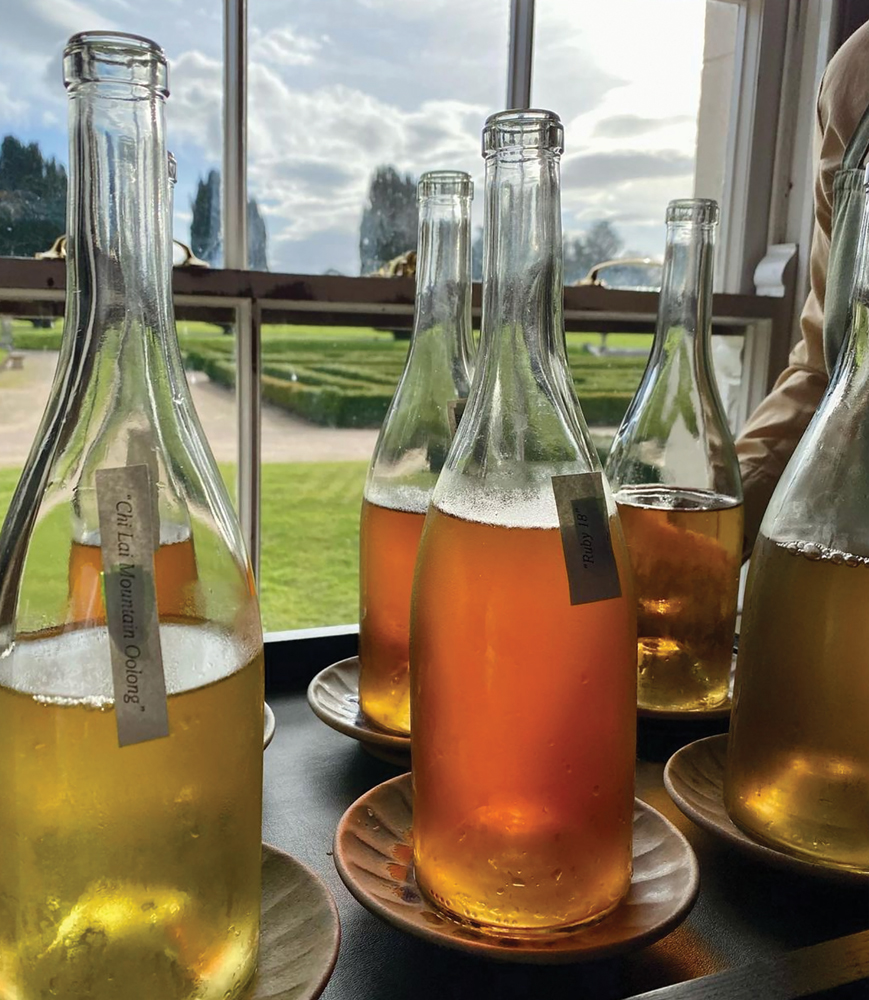
The tea plant, Camelia Sinensis, is an evergreen bush that thrives in regions along the equator. Planted at high altitude, tea gardens, just like vineyards, embrace the notion of terroir to develop the unique character found in each tea. Irish Breakfast Tea belongs to the black tea category and is made of a blend of teas from Sri Lanka, Assam in India, and occasionally Kenya. Like grapes used in the production of wine, tea can come from either very large commercial plantations or from unique tiny gardens. It can be harvested by hand or by machine, it can be picked from very old tea trees or young bushes, and it can be made from very delicate young buds or from older leaves. The most interesting component of tea is called L-theanine, an amino acid discovered in the 1940s which to date, has only been found in two other living species: bay bolete mushrooms and Ilex guayusa, a member of the holly family, an Amazon Forest native. L-theanine promotes the activity of alpha waves in the brain, reducing stress, blood pressure and promoting relaxation. It balances the caffeine in tea, keeping us focused yet calm. L-theanine gives a sweet, umami and brothy character to tea and is found at its highest concentration in teas grown in shaded conditions. Matcha tea is a good example of stimulating tea with a calming effect.
Like grapes used in the production of wine, tea can come from either very large commercial plantations or from unique tiny gardens.
Caffeine is a natural insecticide that the plant uses to protect itself. It is most concentrated in very young leaves – so white tea, First Flush Darjeeling or Gyokuro tend to have more caffeine. The hotter the water used to brew the tea, the more caffeine is extracted. Tea also contains polyphenols which, as well as having healthy properties, contribute to flavours and mouthfeel. Research suggests that they help protect against age-related diseases such as heart attack, stroke and certain forms of cancer. However, their levels vary depending on the tea style – the more oxidation, the less polyphenols and for that reason white teas and green teas, which do not go through an oxidation process, are the most concentrated in polyphenols. Black tea, which is fully oxidised, has a low content. Water makes up 98 per cent of the brew so this is an important yet often overlooked starting point. Ideally water should be very well-filtered tap water or bottled still water with a low mineral content. Tap water will do your brew no favours at all. As a rule, black tea should be infused at 90-98°C. Try not let the water come to the boil as this depletes the water of oxygen which is essential to the final flavours. Follow this brew rule: one to two minutes if brewed from a teabag; two to four minutes if brewed from loose leaves. Green teas are best brewed between 50- 60°C for the finest Japanese examples and up to 75°C for other green teas. Brewed too hot, they taste bitter and astringent; at lower temperatures, they develop texture, purity and complexity. Two to four minutes is ideal too for green teas. I use tea leaves rather than teabags which often contain tea dust. Three to four grammes of leaves per 250ml of water is enough. Tea pairing at home? I suggest an oolong from the Ali Shan Mountain area in Taiwan with spaghetti, ricotta and rocket or an Oriental Beauty oolong with apple and blackberry pie.




